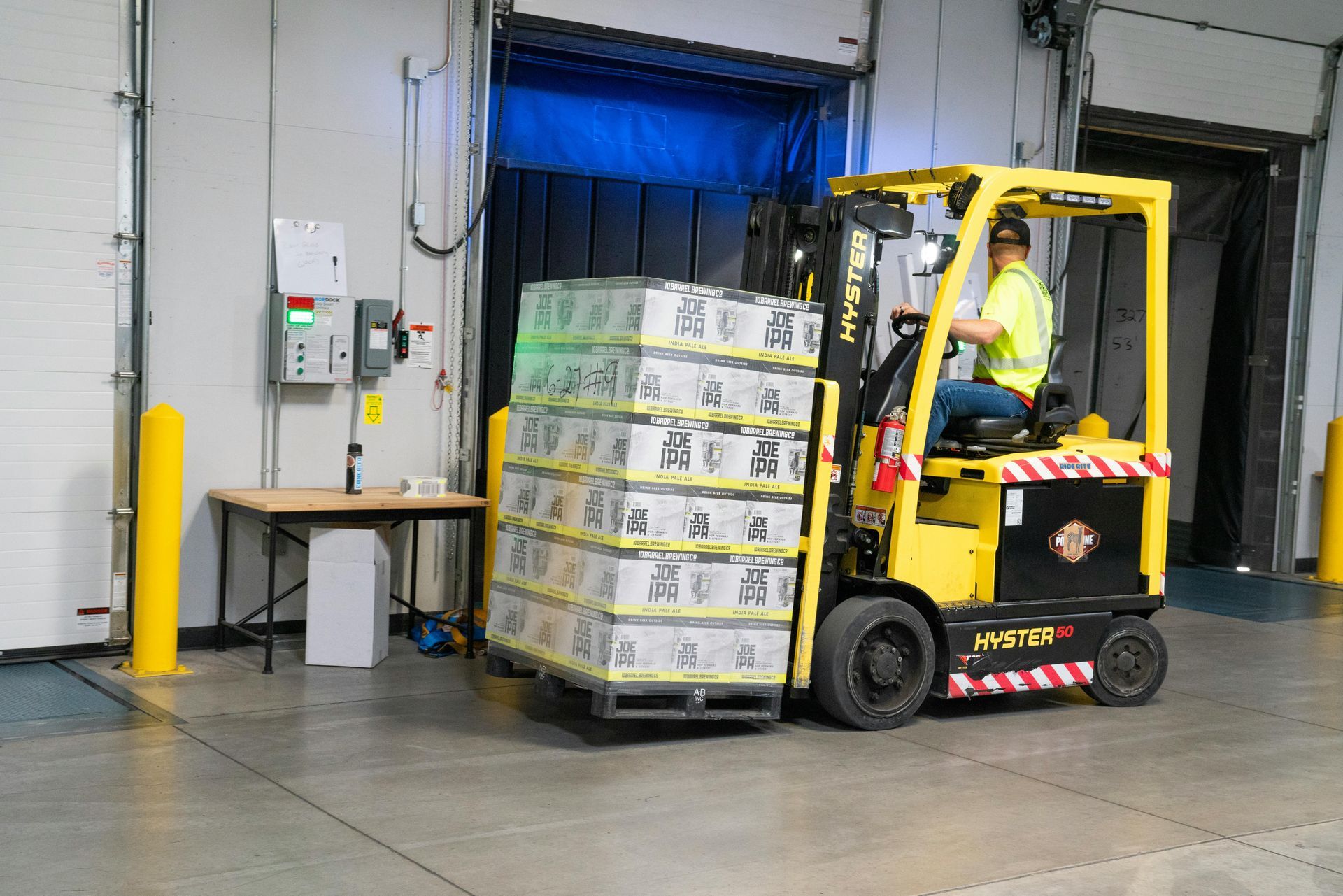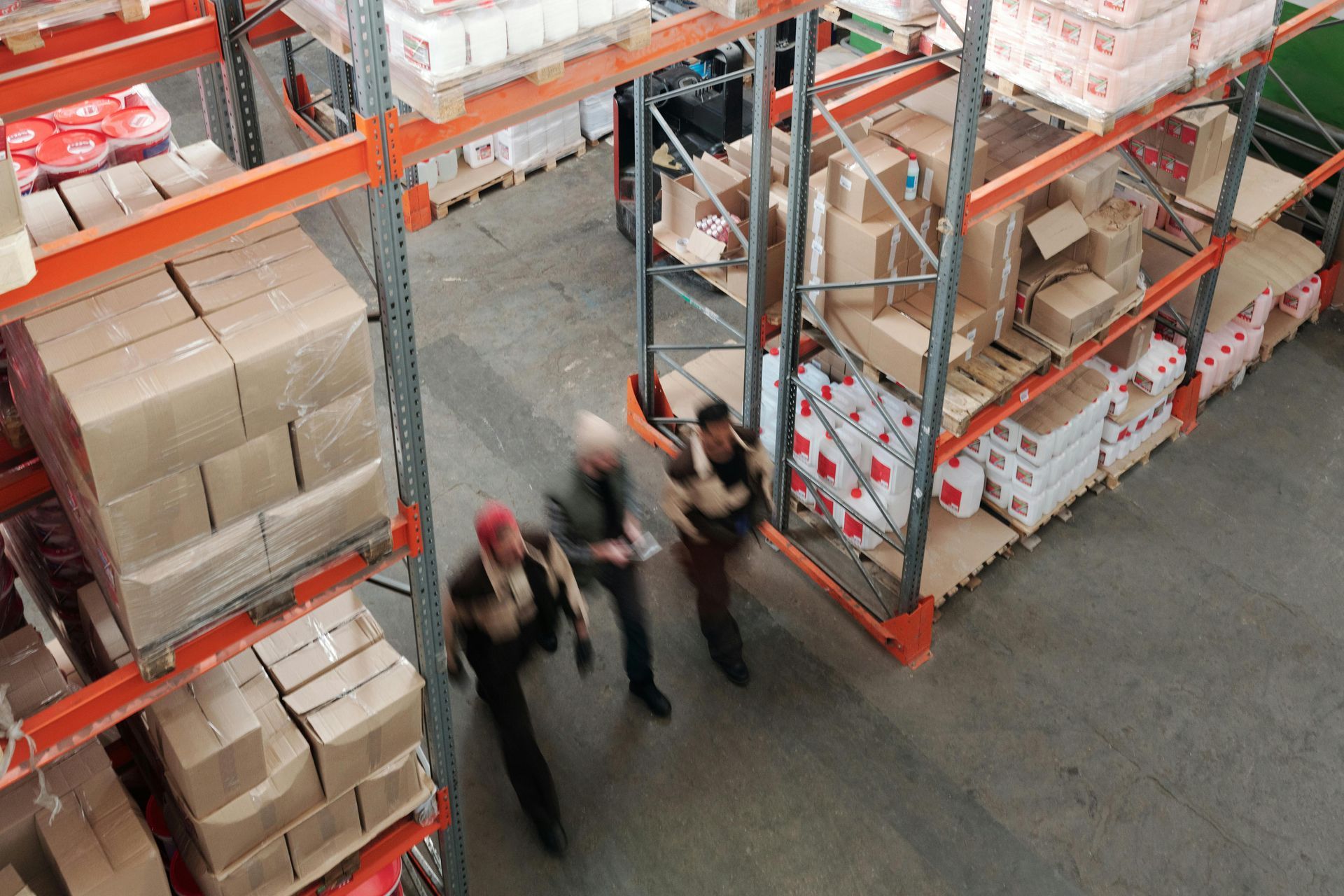How to Prepare Products for Third-Party Warehousing: A B2B Guide
How to Prepare Your Products for Third-Party Warehousing

Partnering with a third-party warehouse is a smart move for businesses looking to scale operations, streamline logistics, and optimize inventory management. But before you hand off your goods, there’s a critical step that often determines success or failure: preparation.
At 1000 Springs Warehouse located in Twin Falls county, Idaho, we’ve seen how proper product preparation leads to smoother intake, fewer delays, and better storage outcomes. Whether you’re new to outsourced warehousing or switching facilities, this guide walks you through the key steps to prepare your products for third-party warehousing effectively.
1. Understand the Warehouse’s Requirements
Every warehouse has specific intake procedures, storage conditions, and documentation standards. Before shipping your goods, request:
- An intake checklist
- Labeling and pallet configuration guidelines
- Documentation requirements (packing slips, BOLs, inventory manifests)
- Accepted freight carriers or appointment scheduling rules
Failing to align with these standards can lead to rejections, storage delays, or additional fees.
2. Inspect and Organize Inventory Internally
Prior to sending anything, audit your inventory. Ask:
- Are items clean, undamaged, and in salable condition?
- Is all inventory counted and documented accurately?
- Do product SKUs match your warehouse partner’s system?
- Are there perishable or temperature-sensitive items that require special handling?
Ensuring your inventory is in order reduces intake confusion and improves inventory accuracy on both ends.
3. Package for Protection and Efficiency
Packaging isn’t just about presentation—it’s about protecting goods in storage and transit. Best practices include:
- Shrink-wrapping or banding pallets securely
- Using standard pallet sizes (typically 40”x48”)
- Keeping pallet weight under 2,000 lbs, unless otherwise approved
- Ensuring items are stacked evenly and not overhanging
Avoid mix-pallets if possible. Stick to one SKU per pallet unless instructed otherwise.
4. Label Everything Clearly
Warehouses rely heavily on accurate, visible labels for inventory intake, tracking, and picking. Your labels should include:
- Product SKU or item number
- Quantity per case or pallet
- Any lot numbers or expiration dates (for perishable items)
- Barcodes, if used
Ensure labels are waterproof or securely adhered and placed on multiple sides of each pallet or carton.
5. Coordinate Freight and Delivery Logistics
Third-party warehouses often operate on a strict appointment schedule for receiving shipments. Be sure to:
- Confirm your delivery appointment
- Provide the Bill of Lading and carrier details in advance
- Use approved carriers if the warehouse requires it
- Communicate any special delivery instructions (e.g., liftgate, dock height)
Unscheduled or late deliveries can result in missed appointments, storage delays, or rescheduling fees.
6. Provide Clear Inventory Documentation
Send all relevant documentation ahead of time, including:
- Packing lists
- Purchase orders
- Advanced Shipping Notices (ASNs)
- Product specifications (weight, dimensions, shelf life, etc.)
This helps the warehouse team verify and store your products quickly and accurately.
7. Discuss Special Handling Needs
Do your products require:
- Refrigerated or cold storage?
- Hazardous material handling?
- Lot tracking or FIFO/LIFO rotation?
- Kitting, repackaging, or value-added services?
Be transparent with your warehousing partner. Providing these details upfront ensures the right space, protocols, and systems are in place before your products arrive.
8. Communicate and Plan for Ongoing Needs
Preparation doesn’t stop after delivery. Maintain regular communication to:
- Adjust to seasonal inventory shifts
- Forecast storage requirements
- Resolve any issues quickly
- Review inventory turnover and reporting accuracy
A proactive approach will strengthen your relationship with your warehouse partner and allow your logistics operation to scale smoothly.
Final Thoughts
Third-party warehousing offers major benefits for growing businesses—but only when the handoff process is handled with precision. Properly preparing your products helps prevent delays, ensures product integrity, and builds trust with your logistics provider.
At 1000 Springs Warehouse, we’re more than just a storage facility located in Buhl, Idaho, we’re a partner in your supply chain. If you're ready to transition into professional warehousing from Twin Falls County and beyond, contact us for intake instructions and a personalized consultation.




